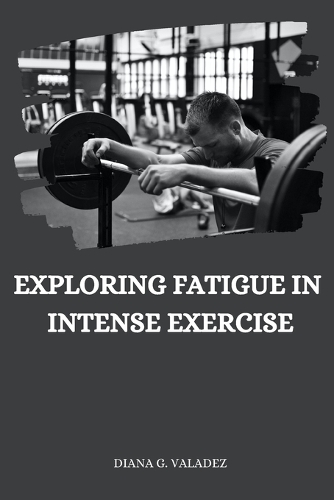
Exploring Fatigue in Intense Exercise
Series:
Human locomotion is driven by the contraction of the skeletal muscles. Skeletal muscle contraction is an active mechanical process and, as such, the repeated muscle contractions that occur during exercise depend on a continuous energy supply. The release of chemical energy from the hydrolysis of intramuscular adenosine triphosphate (ATP) is coupled to the mechanical process of skeletal muscle cont
NaN
VOLUME
English
Paperback

Human locomotion is driven by the contraction of the skeletal muscles. Skeletal muscle contraction is an active mechanical process and, as such, the repeated muscle contractions that occur during exercise depend on a continuous energy supply. The release of chemical energy from the hydrolysis of intramuscular adenosine triphosphate (ATP) is coupled to the mechanical process of skeletal muscle contraction; however, intramuscular ATP stores are finite and rapidly depleted as the muscles contract. If the rate of muscle ATP turnover fails to meet the energetic demands of muscle contraction, muscle contractions become prohibited and exercise is terminated. Fortunately, skeletal muscles possess a number of diverse ATP resynthesis pathways that are able to sustain muscle contractions during exercise.
Price Comparison [India]
In This Series
Bestseller Manga
Trending NEWS




















